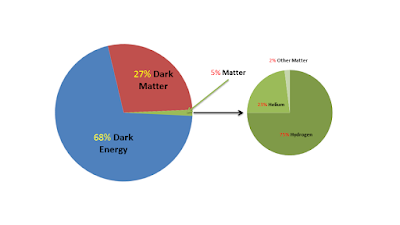The European Theater
German Aggression
The war in Europe began in September 1939,
when Germany, under Chancellor
Adolf Hitler, invaded
Poland.
Britain and France responded by declaring war on Germany but took
little action over the following months. In 1940,
Germany launched its next initiative by attacking
Denmark and
Norway,
followed shortly thereafter by attacks on
Belgium,
the
Netherlands, and
France. All of these nations
were conquered rapidly.
The Battle of Britain
Later in the summer of 1940,
Germany launched a further attack on
Britain, this
time exclusively from the air. The
Battle of Britain was
Germany’s first military failure, as the German air force, the
Luftwaffe,
was never able to overcome Britain’s Royal Air Force.
Greece and North
Africa
As Hitler plotted his next steps,
Italy,
an ally of Germany, expanded the war even further by invading
Greece and
North
Africa. The Greek campaign was a failure, and Germany was
forced to come to Italy’s assistance in early 1941.
The USSR
Later in 1941,
Germany began its most ambitious action yet, by invading the
Soviet
Union. Although the Germans initially made swift progress
and advanced deep into the Russian heartland, the invasion of the
USSR would prove to be the downfall of Germany’s war effort. The
country was just too big, and although Russia’s initial resistance
was weak, the nation’s strength and determination, combined with
its brutal winters, would eventually be more than the German army
could overcome. In 1943,
after the battles of
Stalingrad and
Kursk,
Germany was forced into a full-scale retreat. During the course
of 1944,
the Germans were slowly but steadily forced completely out of Soviet
territory, after which the Russians pursued them across
eastern Europe and into Germany itself in 1945.
The Normandy Invasion
In June 1944,
British and American forces launched the
D-Day invasion,
landing in German-occupied France via the coast of
Normandy.
Soon
the German army was forced into retreat from that side as well.
Thus, by early 1945,
Allied forces were closing in on Germany from both east and west.
The Soviets were the first to reach the German capital of
Berlin,
and Germany surrendered in May 1945,
shortly after the suicide of Adolf Hitler.
The Pacific Theater
Pearl Harbor
The war in the Pacific began on December 7, 1941,
when warplanes from
Japan launched a surprise attack
on the U.S. Navy base at
Pearl Harbor, Hawaii. By this
time, Japan had already been at war with
China for
several years and had seized the Chinese territory of
Manchuria.
After the Pearl Harbor attack, Japan began a massive campaign of
expansion throughout the Southeast Asia–Pacific region.
The
U.S. Entrance and Battle of Midway
Although the Pearl Harbor attack provoked a declaration
of war by the
United States on Japan the very next
day, it would be several months before U.S. forces would get seriously
involved militarily. In late spring of 1942,
the United States and Japan engaged in a series of naval battles,
climaxing in the
Battle of Midway on June 3–6, 1942,
in which Japan suffered a catastrophic defeat.
The
Solomon Islands and Guadalcanal
For the next year, the United States engaged Japan in
a protracted struggle for the
Solomon Islands, which
lay near vital Allied shipping routes. Between August 1942 and
February
1943,
Allied forces carried out an invasion on the island of
Guadalcanal—the
beginning of a long series of Allied offensives that would eventually
force the Japanese out of the Solomons and then pursue them from
various other Pacific island chains that the Japanese had earlier
seized. In the meantime, British and Indian forces were combating
Japanese troops in
Burma.
The Approach to Japan
Fighting continued throughout the Pacific in 1944 and
early 1945, including
major battles at
Leyte,
Iwo Jima, and
Okinawa.
By the late spring of 1945,
most of Japan’s conquests had been liberated, and Allied forces
were closing in on the Japanese home islands. As they neared Japan
proper, the Allies began heavy bombing campaigns against major Japanese
cities, including
Tokyo. This process continued through
the summer of 1945 until
finally, in early August, the United States dropped two
atomic
bombs on the cities of
Hiroshima and
Nagasaki.
Stunned by the unexpected devastation, Japan surrendered a few days
later.

No comments:
Post a Comment